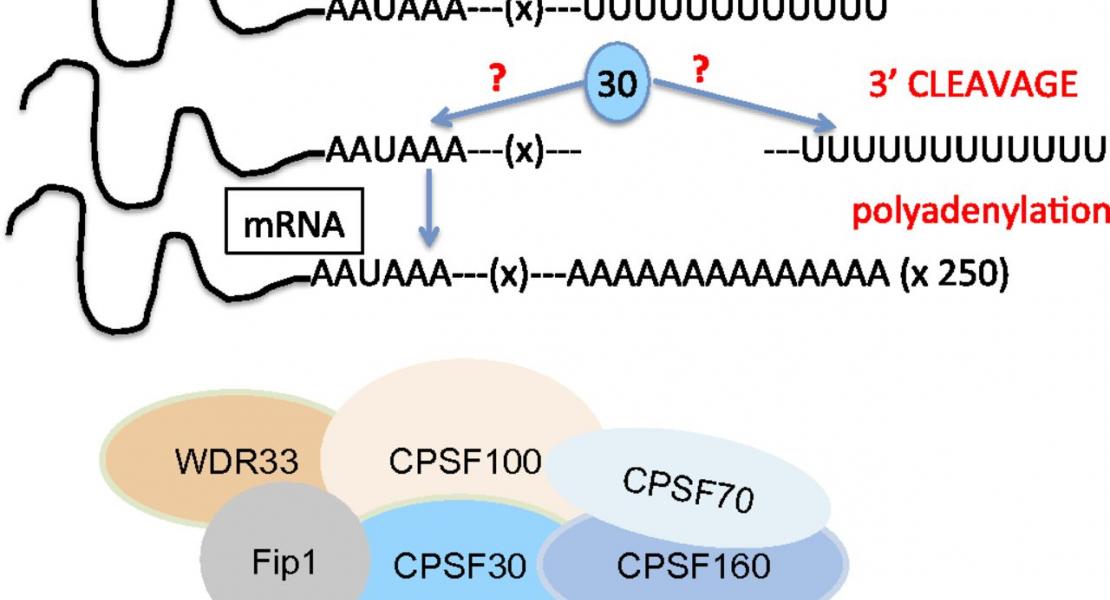Addition of poly(A) and poly(A)-rich tails during RNA degradation in the cytoplasm of human cells.

Abstract
Polyadenylation of RNA is a posttranscriptional modification that can play two somewhat opposite roles: stable polyadenylation of RNA encoded in the nuclear genomes of eukaryote cells contributes to nuclear export, translation initiation, and possibly transcript longevity as well. Conversely, transient polyadenylation targets RNA molecules to rapid exonucleolytic degradation. The latter role has been shown to take place in prokaryotes and organelles, as well as the nucleus of eukaryotic cells. Here we present evidence of hetero- and homopolymeric adenylation of truncated RNA molecules within the cytoplasm of human cells. RNAi-mediated silencing of the major RNA decay machinery of the cell resulted in the accumulation of these polyadenylated RNA fragments, indicating that they are degradation intermediates. Together, these results suggest that a mechanism of RNA decay, involving transient polyadenylation, is present in the cytoplasm of human cells.
